The DJI Pocket 2 is a spec bump to the original Osmo Pocket that shares its flaws but also its astonishing portable power.
Should I Buy The DJI Pocket 2?
Pros
- Stabilised 4K@60 video capture
- Stereo audio
- Extraordinarily portable
Cons
- Limited battery
- Fiddly display
- Struggles in low light
Our Verdict
- For what it is the Pocket 2 is simply best-in-class. It’s not such a leap that original Osmo Pocket owners should feel pressure to upgrade, but for anyone on the fence before this might be the push they needed.
Price When Reviewed
- $349 | $499 Creator Combo
The Black Friday sales season is here! The best deals are often not on Amazon. The prices shown above are the best available now, though you may need to buy quickly as some deals will sell out.
The Osmo Pocket 2 is dead – long live the Pocket 2! Yup, the name has (slightly) changed, but the DJI Pocket 2 is indeed a sequel to the acclaimed Osmo Pocket, a portable 4K camera with a built-in gimbal stabiliser.
From a glance you can probably guess that despite the name change, the Pocket 2 is no reinvention. This is more of the same, with spec bumps across the board and a few quality-of-life refinements, but ultimately the Pocket 2 shares most of the same strengths – and weaknesses – as its forebear.
Design And Build
Like I said, it’s clear from looking at the Pocket 2 that DJI hasn’t exactly thrown the book out on this one. The design is almost identical to the first Pocket, with a single gimbal-mounted camera lens attached to a slim rectangular body that’s conveniently hand-sized.
On-device controls are simple – a power button on the side, and another two buttons on the front, right below the small square display. There’s also a microSD slot on one side – it's a little fiddly to get the card in and out, but that’s a pretty minor complaint really.
The display has the same strengths and weaknesses as before. It’s bright and crisp, and is a fairly simple way to navigate the on-device controls. It is however simply too small and fiddly to use for focus: you can’t clearly make out what’s in focus and what isn’t, and it’s too small to reliably tap-to-focus on. The square aspect ratio doesn’t help much either, since of course that won’t be what you’re filming in.
Right between the screen and the buttons there’s a small slider – remove it, and you can replace it with either USB-C or Lightning mounts to attach your phone, or the Mini Control Stick accessory, which gets you an extra button and an analogue stick for controlling camera movement and zoom. All three of these accessories come included with the Pocket 2 by default.
Attaching a phone gets around the small screen problem – now you’ve got a big phone display to work from – but it does of course turn the Pocket 2 into a rather less wieldy two-handed device. It’s a good option to have, but the loss of convenience begins to negate many of the benefits of using this camera in the first place.
There’s no tripod mount screwthread on the Pocket 2 itself, but you can swap out the bottom of the body for the included 1/4” tripod mount version – which is a little longer. It takes some force to swap them out, but otherwise it’s a quick process. Just note that while the tripod mount is included in the standard package, DJI’s own micro tripod isn’t - that’s limited to the £469/$499 Creator Combo kit, which throws in a few other extras I’ll discuss later.
The only real design changes from the Osmo Pocket are minimal. The camera lens has a red line around it now. The red dot on the record button is a bit brighter. It’s a whopping 3mm longer and 1g heavier. You get the idea.
If there’s any major fault to the build it’s simply that at times it does feel a little fragile, and you wouldn’t want to carelessly chuck it around in a bag – this is certainly not a ruggedised action cam, and it’s not waterproof either. Fortunately DJI does include a simple cover, which fits snuggly around the Pocket 2 when you’re transporting it, with space for a few – but not all – of its accessories.
The only other issue is that thanks to the diminutive size, it’s a little too easy to have part of your finger in shot, especially if you let the camera tilt down. Over time you’ll probably get the hang of it, but during my testing this is a mistake that I simply kept on making – as you’ll see in my test footage below!
Otherwise this is exactly what you want it to be: lightweight, ultraportable, and entirely operable in one hand.
Video Recording
The Pocket 2 is primarily a video camera, and like the Osmo Pocket before it, it excels. But even more excellently.
The basic specs are broadly the same – it still caps out at 4K@60fps, with additional options for 2.7K or 1080p, and 24, 25, 30, 48, and 50fps capture.
Timelapse, hyperlapse, and motionlapse modes also all return, along with slow-motion, with a boost up to 240fps at 1080p.
The major new addition is an HDR video mode – though this is capped at 2.7K@30fps, so activating it is inevitably a bit of a compromise – but frustratingly it’s only promised to arrive in a future update, meaning I haven’t been able to test it at the time of writing this review.
Video capture is generally impressive, even at 1080p the quality impresses, and at 4K the Pocket 2 sings, with crisp detail throughout, and dynamic range that speaks to the power of that larger sensor – even without the HDR mode. That detail even holds up during zoom – with up to 4x zoom in 1080p, 3x in 2.7K, and 2x in 4K – so you don’t have to get up close to get decent footage.
There’s also new support for livestreaming through the DJI Mimo app, so that you can send footage direct to Facebook or YouTube, with RTMP support for other platforms like Twitch.
Of course, the big selling point this has over, say, a phone camera, is the built-in 3-axis gimbal. DJI has chosen to leave this essentially unchanged – the pan and tilt ranges have increased slightly over the first-gen, but the three main modes are the same: Follow (camera remains horizontal), Tilt-locked (up/down rotation disabled), and FPV mode (total freedom of movement).
For such a dinky setup it’s impressive how stable the Pocket 2 is. It’s ideal for vlogging, as it can comfortably negate the wobbling of walking about, but it’ll also keep up with more aggressive movement. And since it’s a physical stabiliser, there’s none of the artifacting or degradation you can get from the electronic stabilisation in most action cameras – though unlike those this isn’t rugged enough to strap to you while you’re skiing.
As before, there are quick button shortcuts to centre the camera and to swap it between forward- and rear-facing – again, an ideal mode for vloggers who want to quickly shoot something to camera before showing off wherever they are.
Autofocus is much improved – one of my biggest grips with the first-gen – and does a good job adapting to various focal lengths without obvious focus hunting. It still has a bias for faces, and it can be tricky to make it focus on anything else at times. This won’t often be a problem, but does mean a random person entering your landscape shot might accidentally pull focus.
The Pocket 2 struggles more in low light, where there’s a distinct loss of detail and plenty of grain as the camera struggles to keep up. Conversely, extremely bright backlit environments can also be a challenge, with blown out skies on sunny days likely to be a common outcome.
Audio quality is much improved thanks to support for stereo sound, with four in-body mics to achieve it. Sound is pretty crisp, but this will only really be good enough in relatively quiet and non-windy environments.
If you need something more comprehensive, DJI has released a range of accessories – available individually, or together as part of the Creator Combo pack. Included in this are the Do-It-All Handle and a wireless mic transmitted, which you can pair with any 3.5mm mic to capture better audio – most likely with a lav mic.
Along with the micro tripod, the other key accessory is the wide-angle lens. This simply slots directly in front of the main lens and is held there magnetically, making it dead easy to switch lenses on the fly – there's even a magnetic space for it in the free protective cover.
The Pocket 2 won’t take absolutely top quality professional video, but then that isn’t what it’s for. It’s the simple, portable, quick-fix camera – one that will get the job done with decent quality and a couple of inevitable compromises, but is ideal if you don’t want to carry heavy kit around, or have to film yourself.
Still Photos
DJI has put a surprising amount of effort into upping the photo performance of the Pocket 2, but I’ll admit I’m not sure why – there's still no real reason to use this over a smartphone, as any flagship from the last few years will likely best it.
Still, it now shoots at either 16Mp or 64Mp, with 8x zoom (4x lossless) - double that of the video modes.
Quality is really good – just like the video – but again, depending on your phone you probably already carry just as capable a stills camera around with you every day.
One area the Pocket 2 does perform well is, funnily enough, one of its video weaknesses: lowlight. That gimbal stabilisation helps with the longer exposures necessary for nighttime photography, and the Pocket 2 does a great job at drawing out colours from low light environments. Zoom or crop in and you’ll spot noise, but the results are certainly good enough for the ‘gram.
Battery Life & Storage
With a non-removable 875mAh cell battery life is never going to be the Pocket 2’s biggest strength, but that’s a necessary compromise for its size.
It can just about handle shooting for two hours or so, but that’s assuming you’re working at 1080p. Bump up the resolution and max out the framerate and that will drop right down to an hour or so, and overheating begins to become an issue.
That means for extended sessions you’ll want to carry a portable charger around with you – fortunately this uses the USB-C standard, so is easy to top up.
As for storage, it supports microSD cards up to 256GB, and with a minute-and-a-half 4K@60 file clocking in at 1GB you’ll probably want to invest in a card with a bit of space on it.
Price And Availability
At £339/$349 the Pocket 2 is essentially the same price as the original, and for that you get the camera itself, plus a protective case, adapters for USB-C and Lightning, the mini control stick, a wrist strap, and the tripod mount.
If you want to splash out on the full £469/$499 Creator Combo you’ll get a micro tripod, wide-angle lens, Do-It-All handle, wireless mic receiver and windscreen (but no actual mic), and a USB splitter charging cable.
It’s hard to talk about this camera’s value, because there’s really nothing quite like it to compare to. Quite simply, if you need a stable, portable camera for filming on the go it’s basically this or the original Pocket. It’s a fair price for a product that doesn’t really have any competition.
Verdict
On that same basis, for what it is the Pocket 2 is simply best-in-class. It’s not such a leap that original Osmo Pocket owners should feel pressure to upgrade, but for anyone on the fence before this might be the push they needed.
Yes, it’ll struggle in lowlight or especially bright backlit environments – though the HDR patch in 2021 might help mitigate this at least – and battery life could be better. But these downsides, and any others, are effortlessly outweighed by the sheer convenience of the thing while still delivering results that are good enough 90% of the time.
There’s not much else you could use to shoot stabilised 4K footage on the go, recording stereo audio and seamlessly swivelling for selfies – and then just slip into your pocket when you’re done.
Specs
- 3-axis gimbal
- Weight: 117g
- Dimensions: 30x38.1x124.7mm
- Battery life: 140 minutes
- Camera resolution: Up to 4K at 60fps
- Photos: 64Mp
- Sensor: 1/1.7in
- Lens: f/1.8
- FOV: 93°



















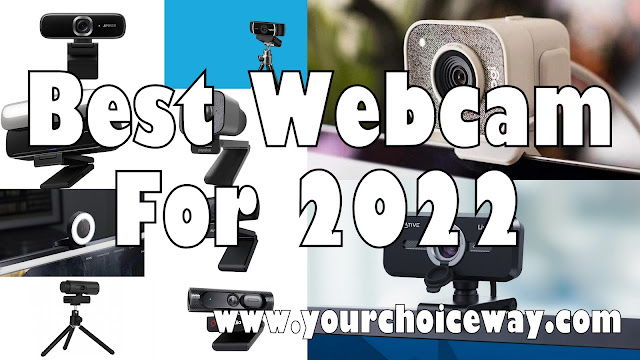
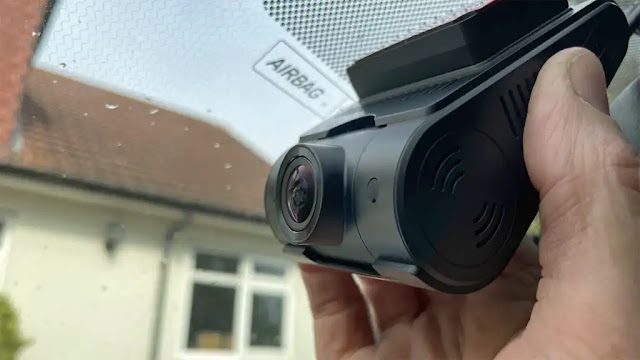
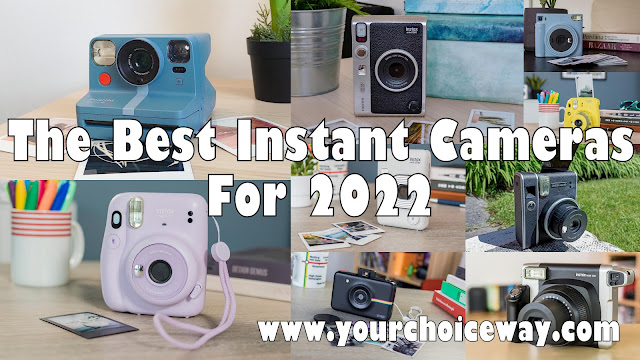
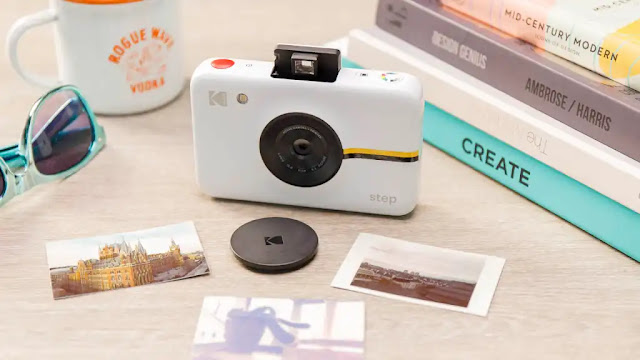
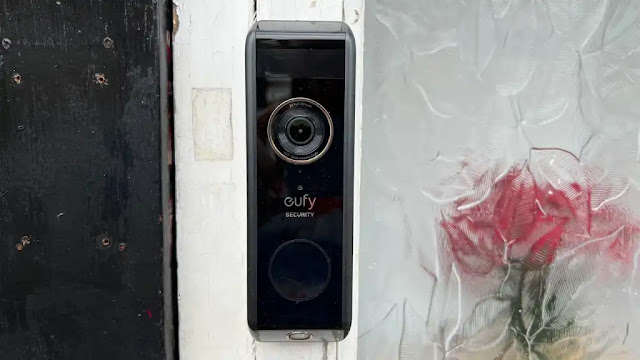








0 comments:
Post a Comment